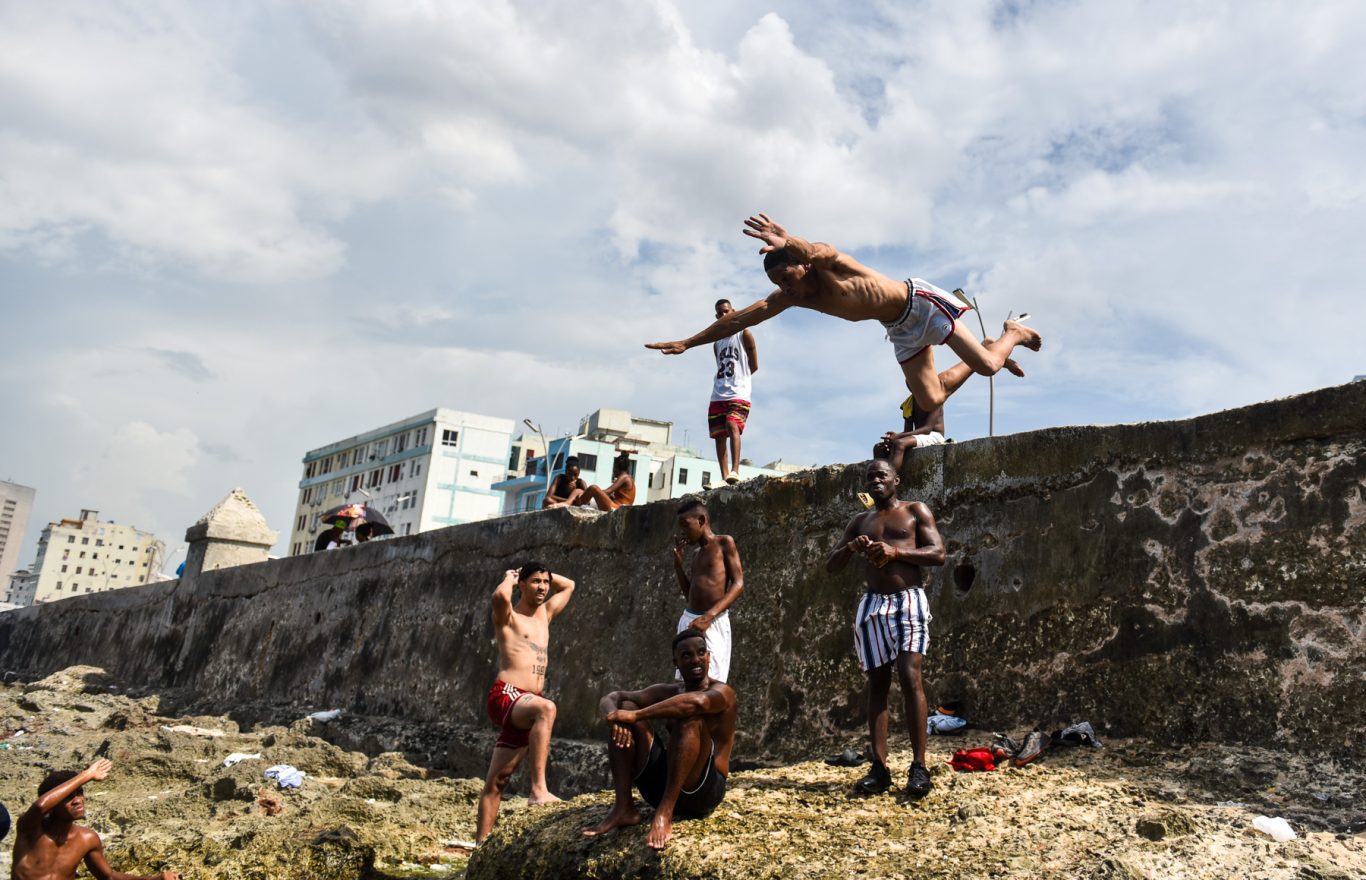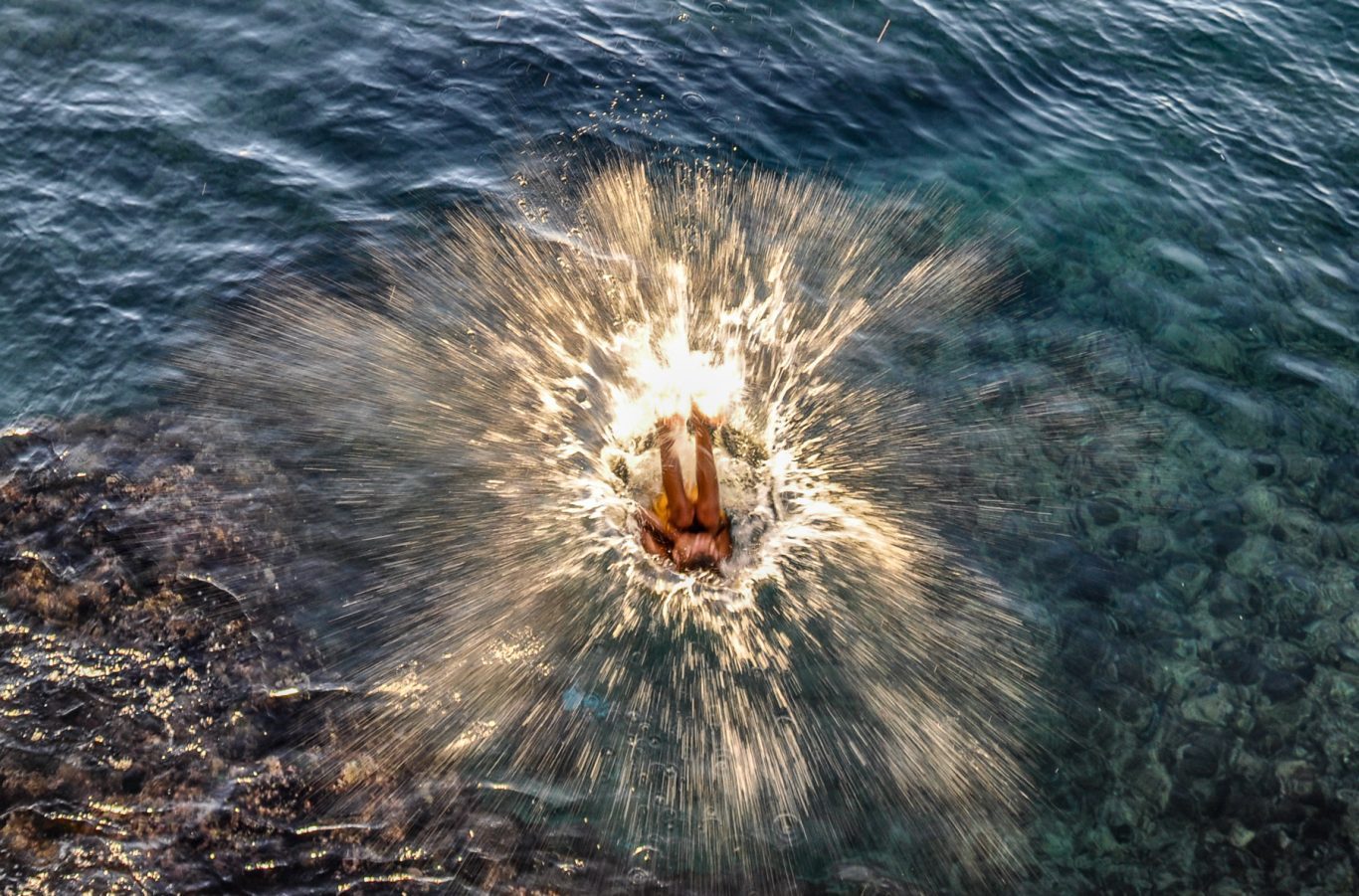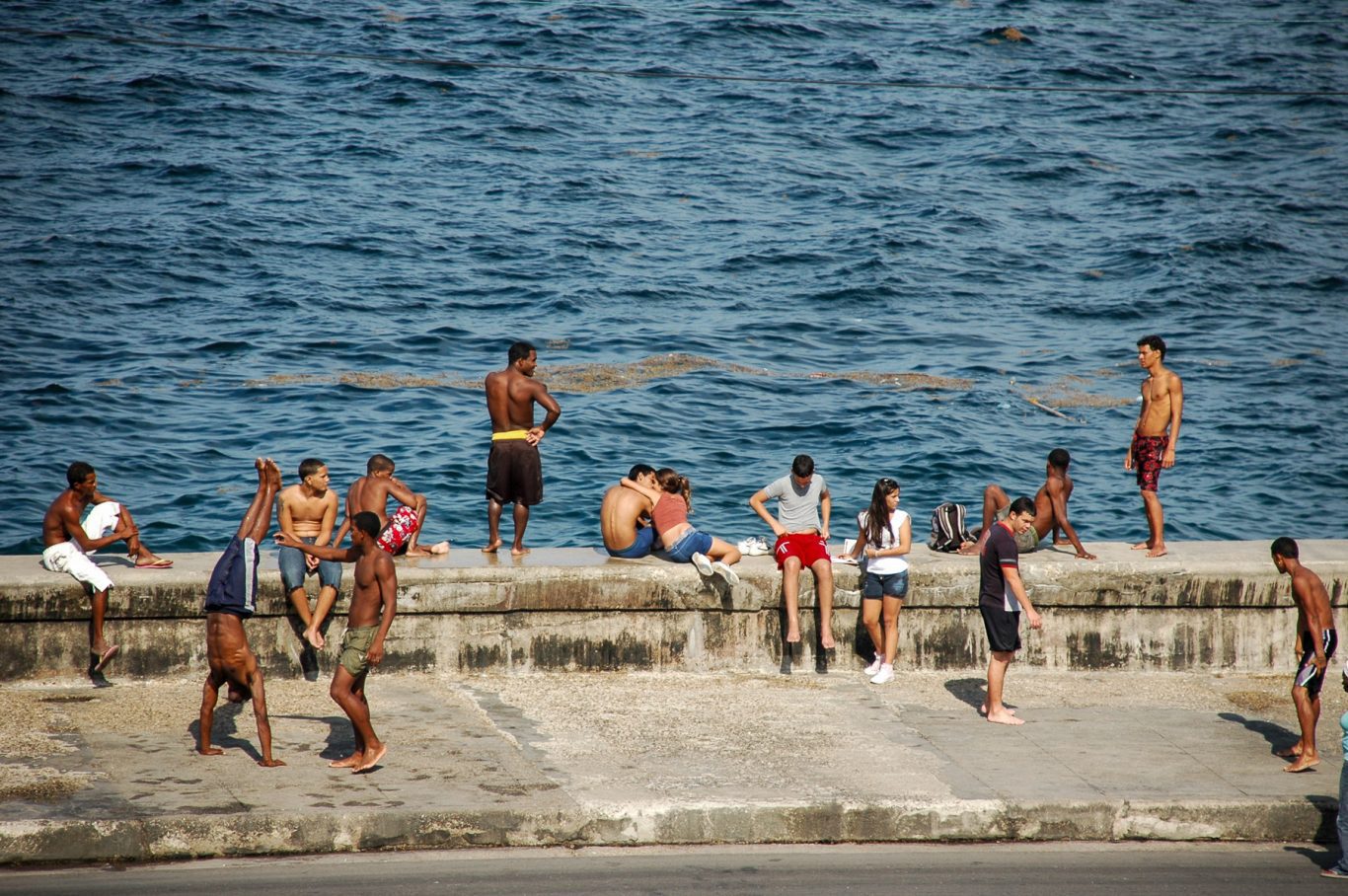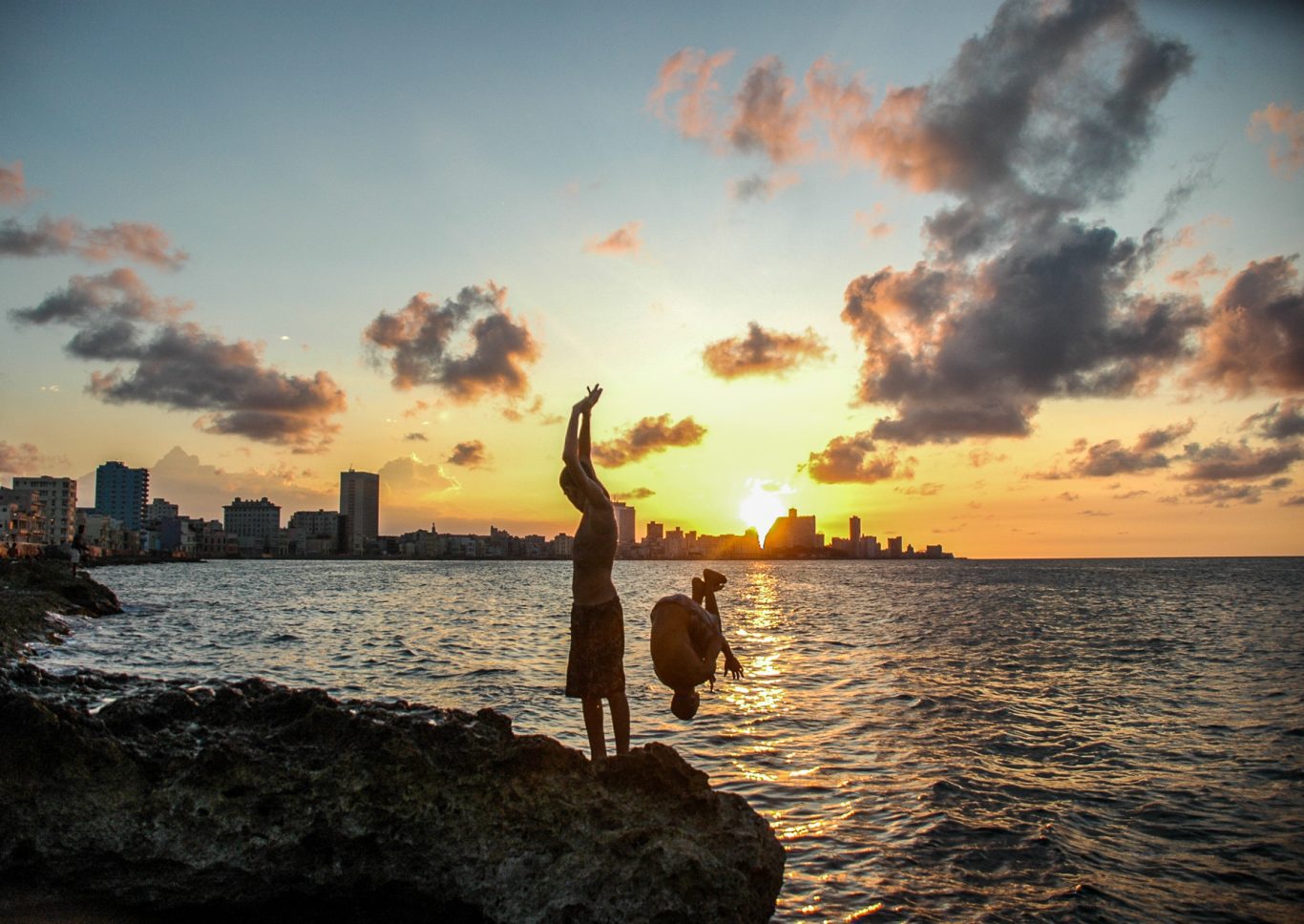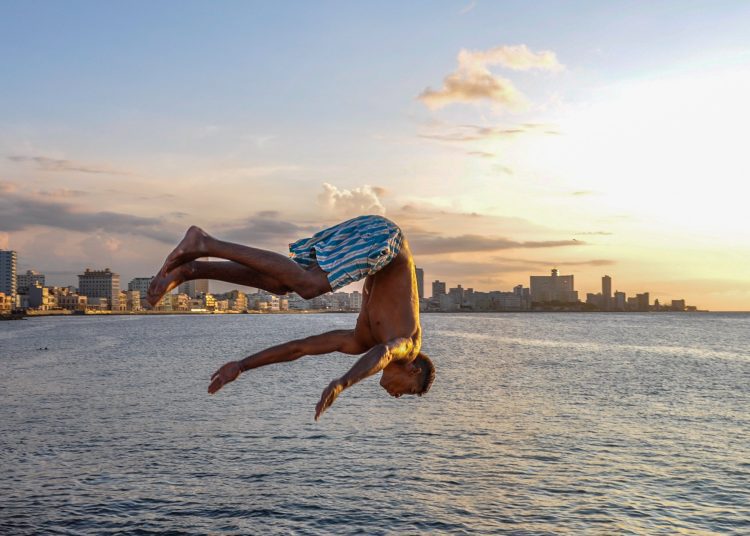Four decades ago Farah María released a song that still resonates in the memory of several generations. “El tiburón,” as most people know it, left a spicy chorus: “I don’t bathe on the Malecón,” sang “La Gacela de Cuba,” and the chorus of maestro Enrique Jorrín’s orchestra added emphatically: “And why?” Between smiles, grace and sensuality, the beautiful Fara responded: “Because there’s a shark in the water.”
The song, with its catchy rhythm, comes to mind when I see a group of teenagers jumping into the sea from the wall on the famous Havana avenue, right where 23rd ends.
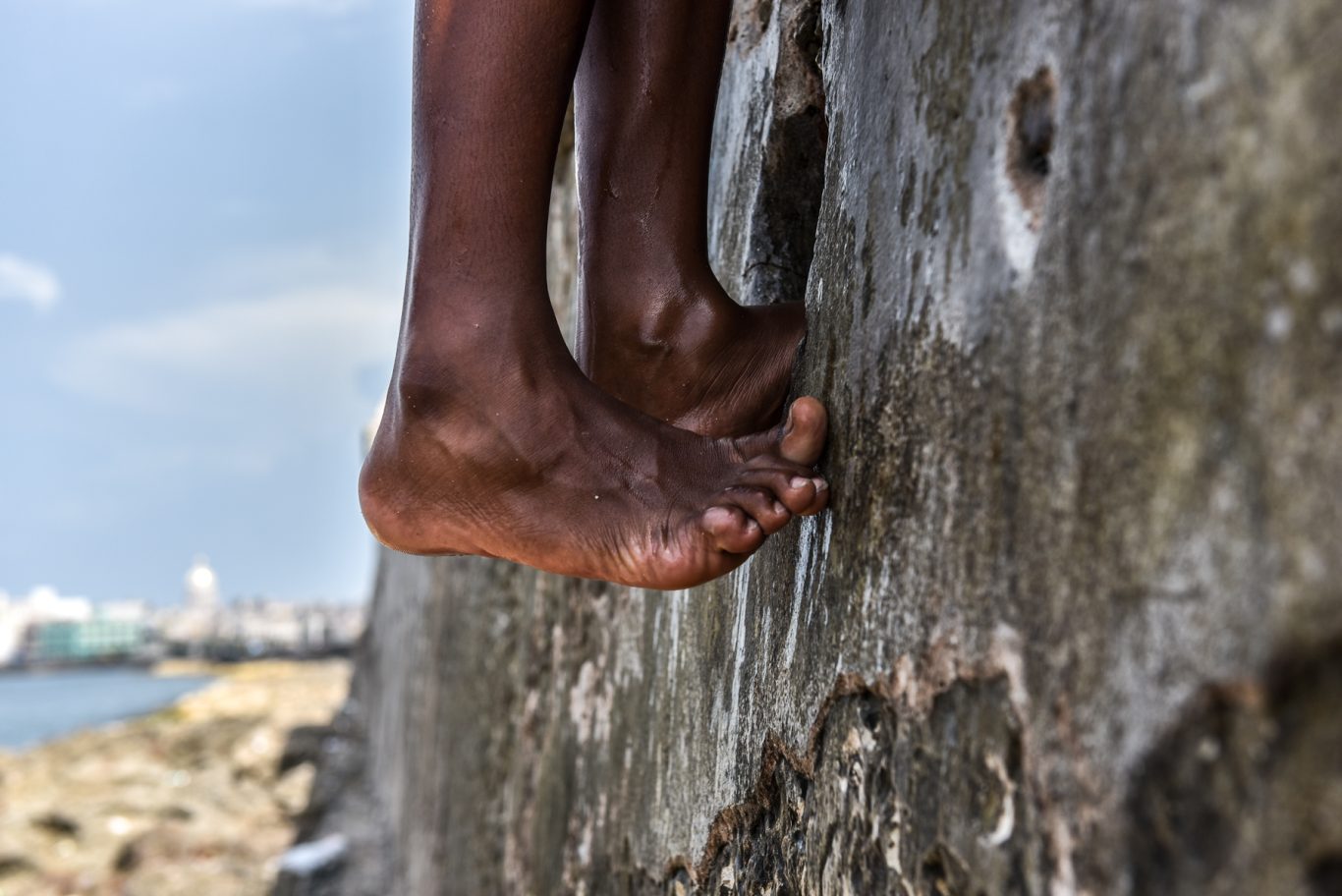
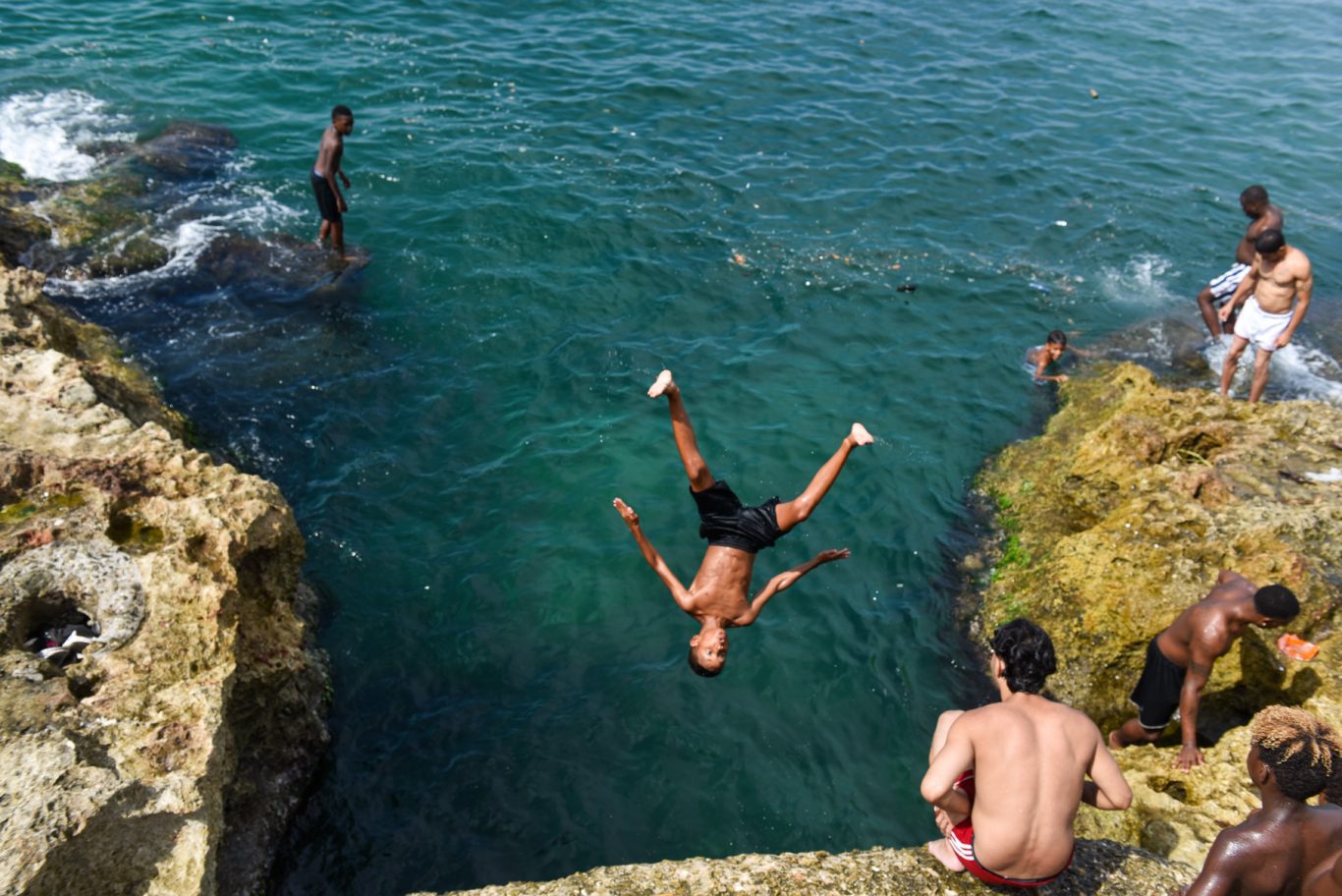
Havana’s Malecón boardwalk’s bathers are part of the iconic image of the place, along with fishers, couples, groups of friends with or without guitar and rum, street vendors, wandering musicians and anyone who sits with their backs turned to the city, lost in the contemplation of the horizon.
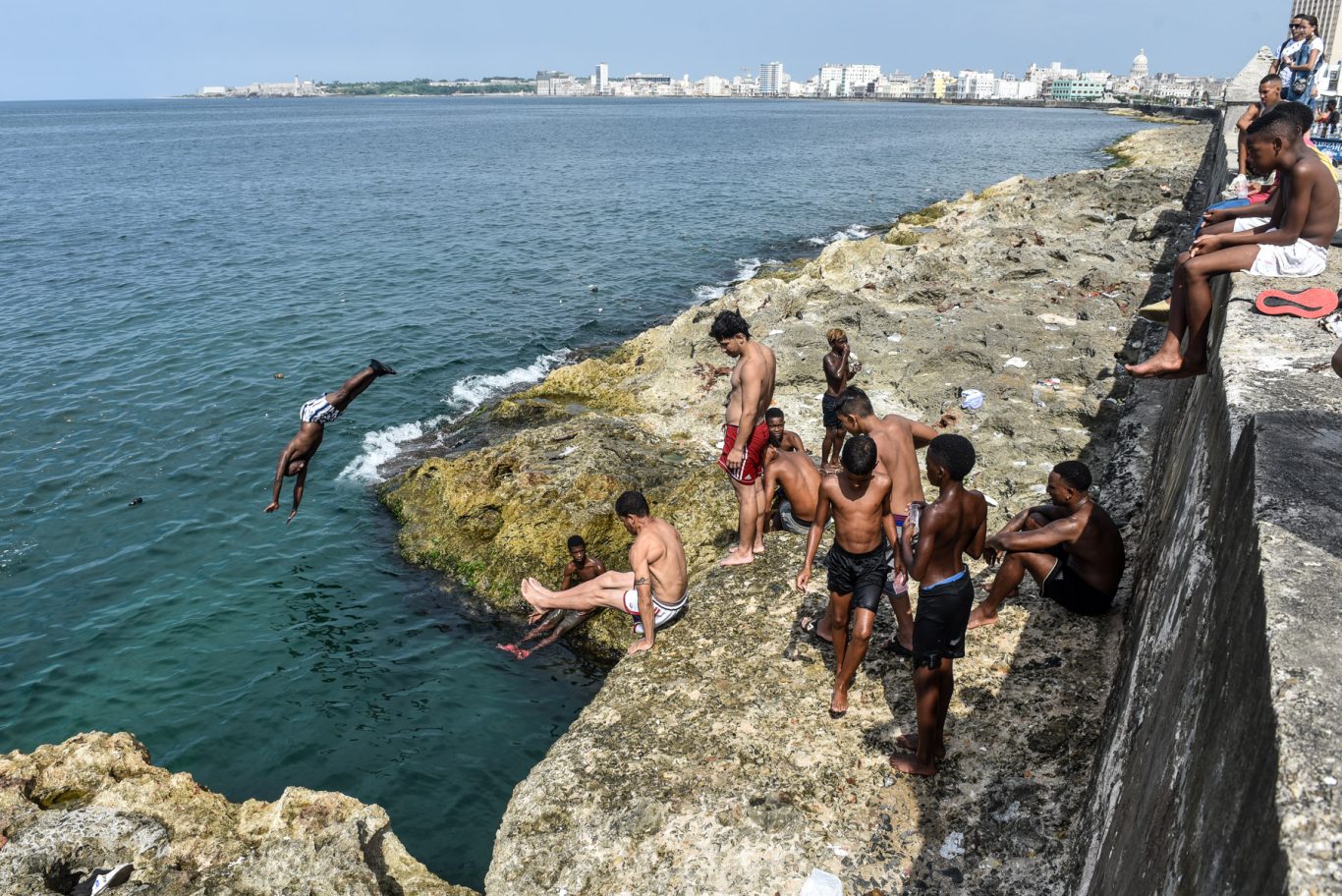
The picaresque chorus serves as an excuse for me to approach one of the intrepid divers and take pics:
“Aren’t you afraid of a shark showing up?”
“Na! The sharks are the ones who are afraid of us,” he responds between laughs and then takes an impressive somersault, falling impeccably into the blue-green water.
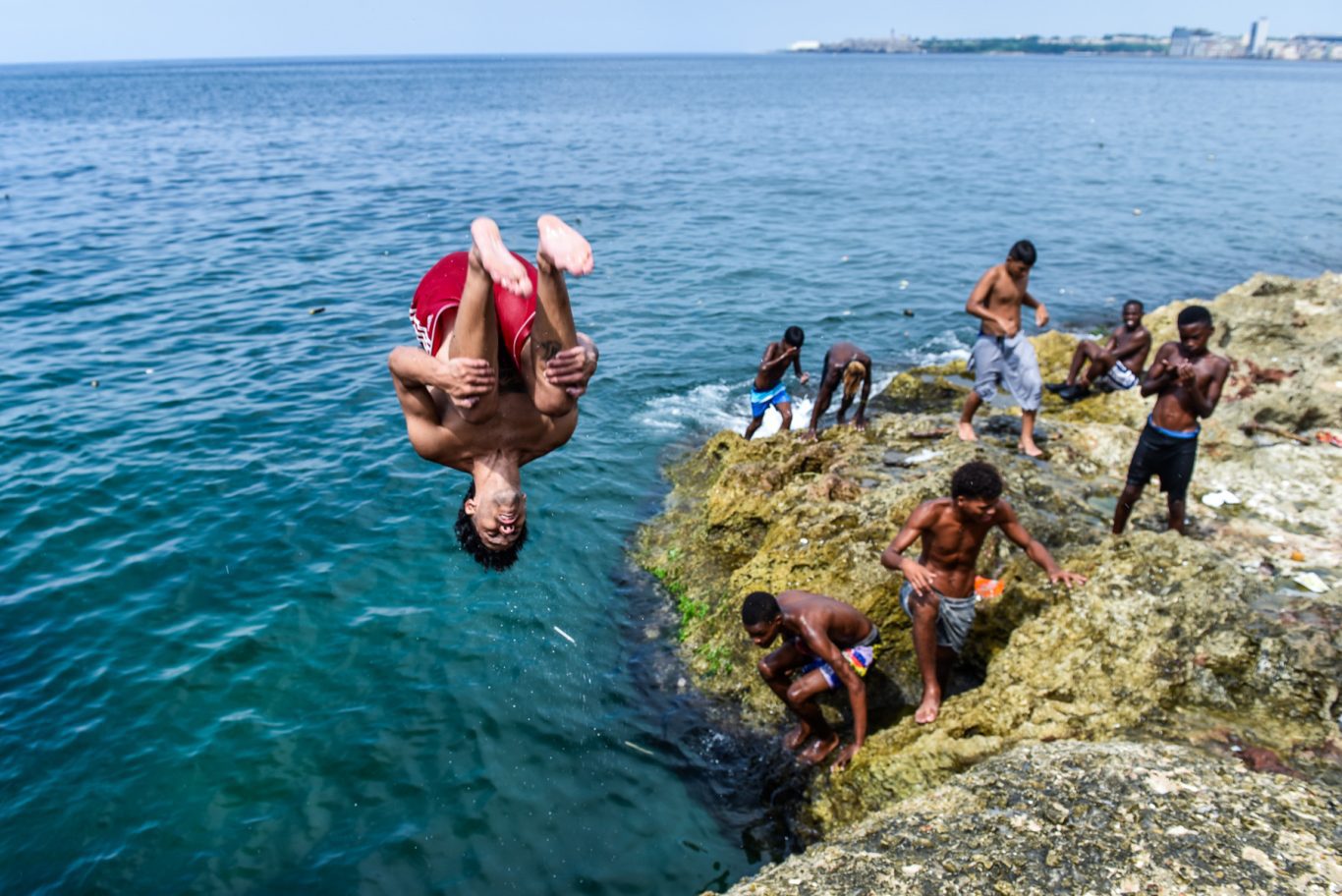
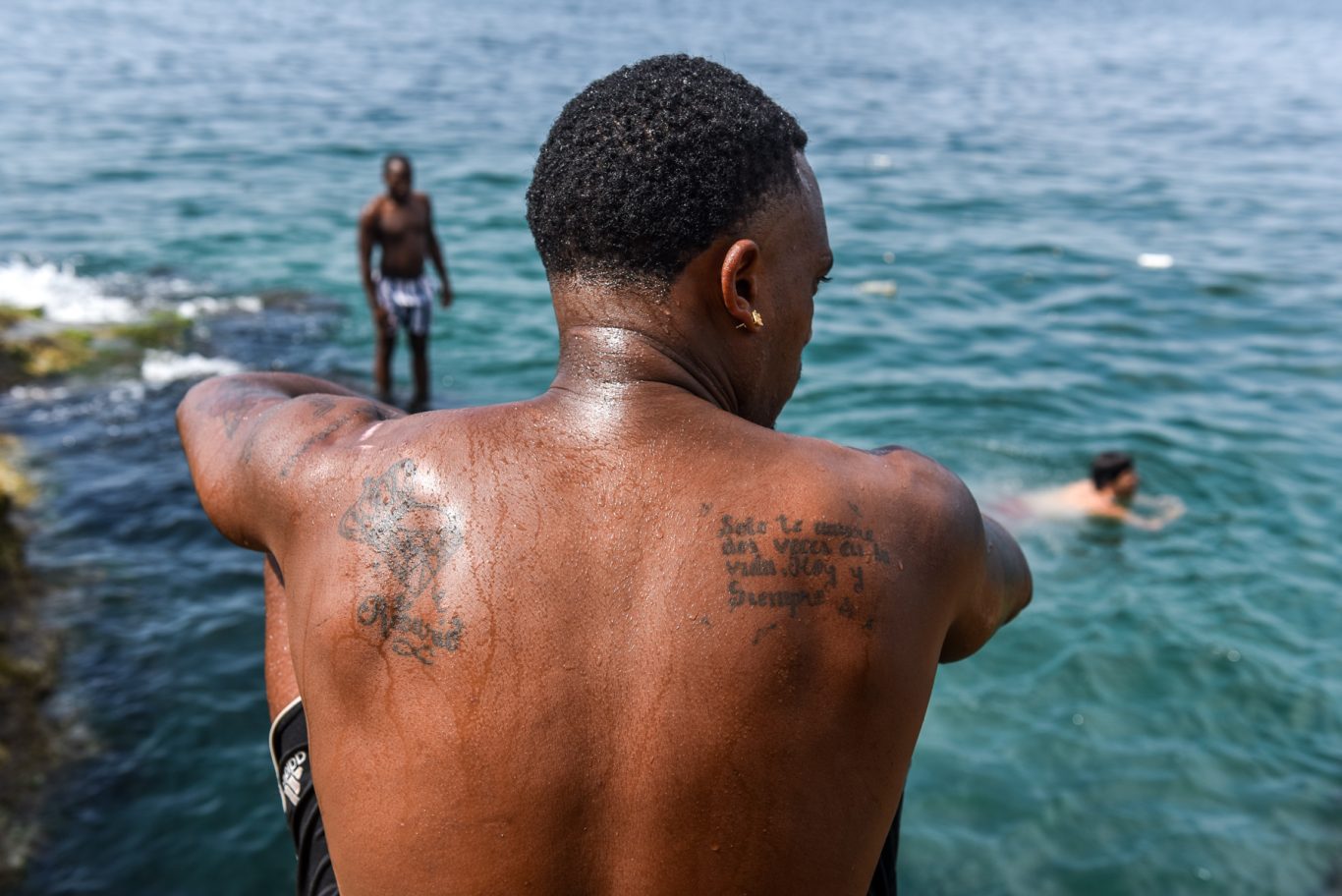
Along the 17 kilometers of the winding concrete wall there are several points where bathers usually gather. One of them is near the Torreón de la Chorrera, in front of the José A. Echeverría Recreation Center. Another is located at the aforementioned end of 23rd Street, in the vicinity of the Hotel Nacional. Finally, a popular place is right at the entrance to the Bay of Havana, on the esplanade of the Castillo de San Salvador de la Punta.
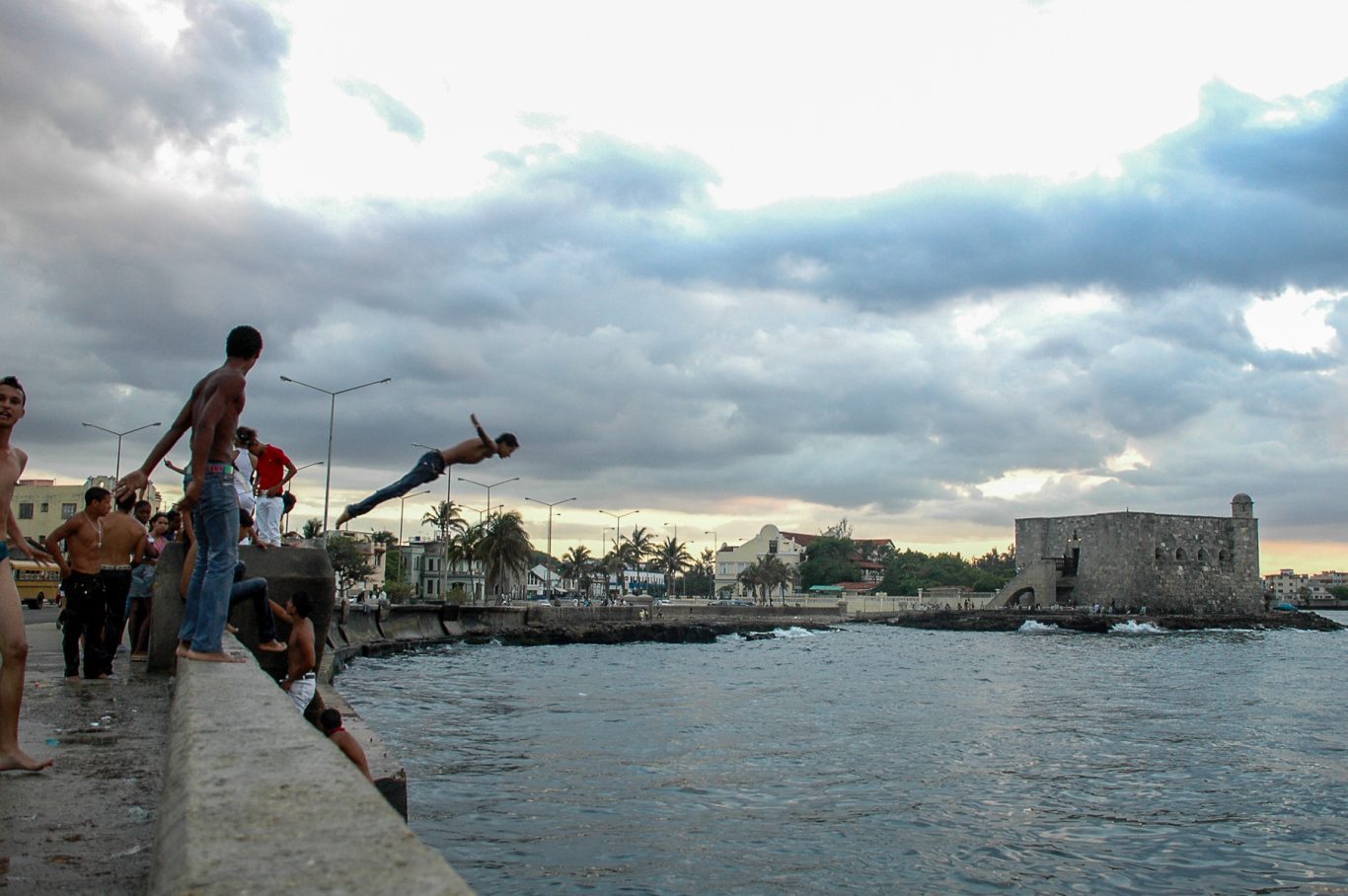

For years, bathing on the boardwalk has been prohibited. Several signs indicate this. The ban, despite the song, is not due to the danger of encounters with sharks (although a blue one appeared in the area not long ago, apparently lost). What’s more, at first glance, when the sea is calm, not even the reef seems dangerous.
Apparently the boys know well the dimensions of each rock, the depth of the pool and even the angle of entry into the water so as not to get hurt. There are a couple of intrepid ones, the older ones, who gain momentum from the other side of the avenue, jump to the wall and from there they take flight with open arms and in free fall they break the surface like an arrow.

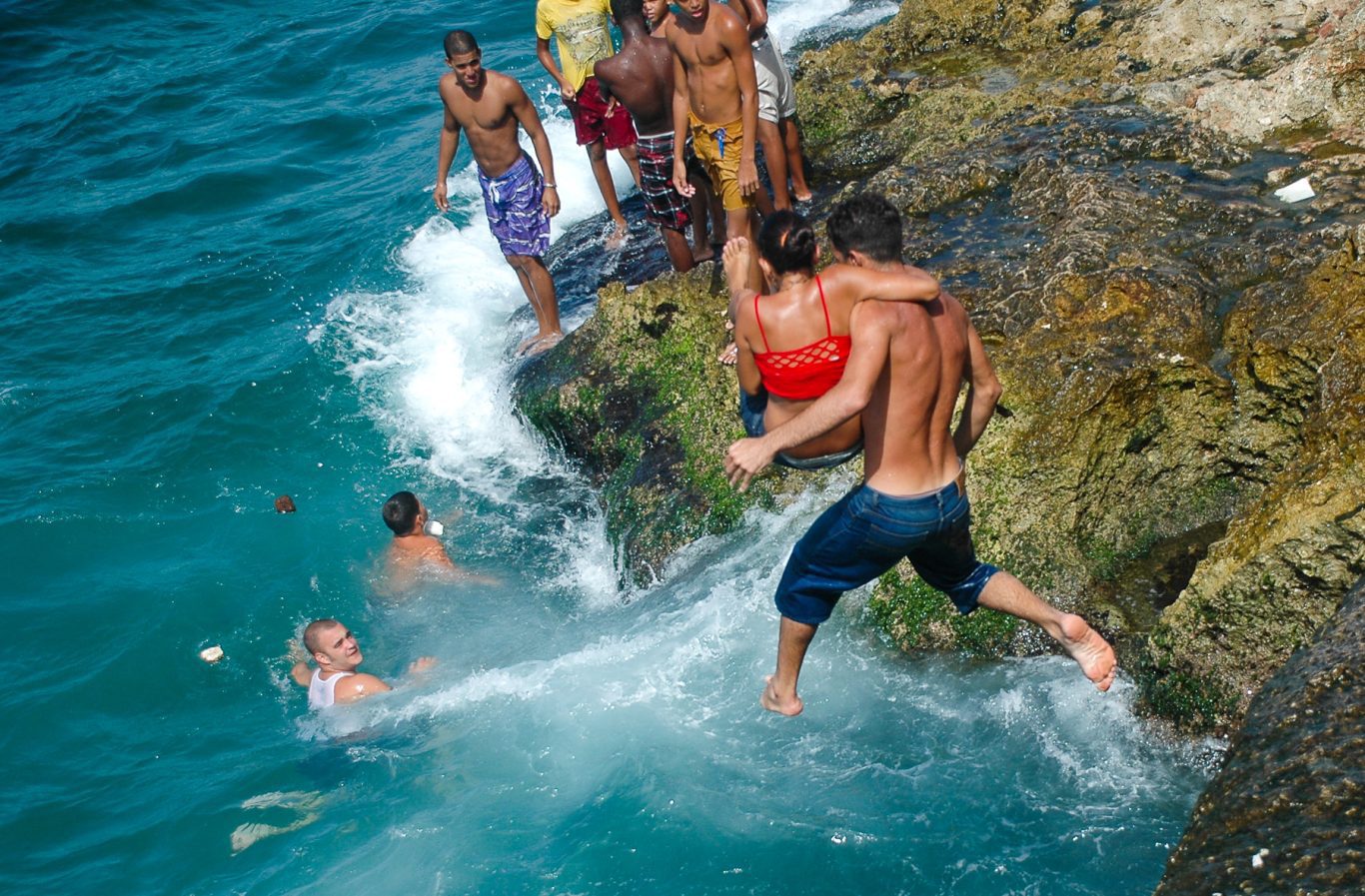
Fun aside, there are health risks that arise from bathing on the coast. Every day, pollutants of various types, including hydrocarbons, sewage and industrial waste, are dumped into this sea area. Health authorities warn about the risk of contracting digestive, respiratory and dermatological diseases due to exposure to these contaminated waters.
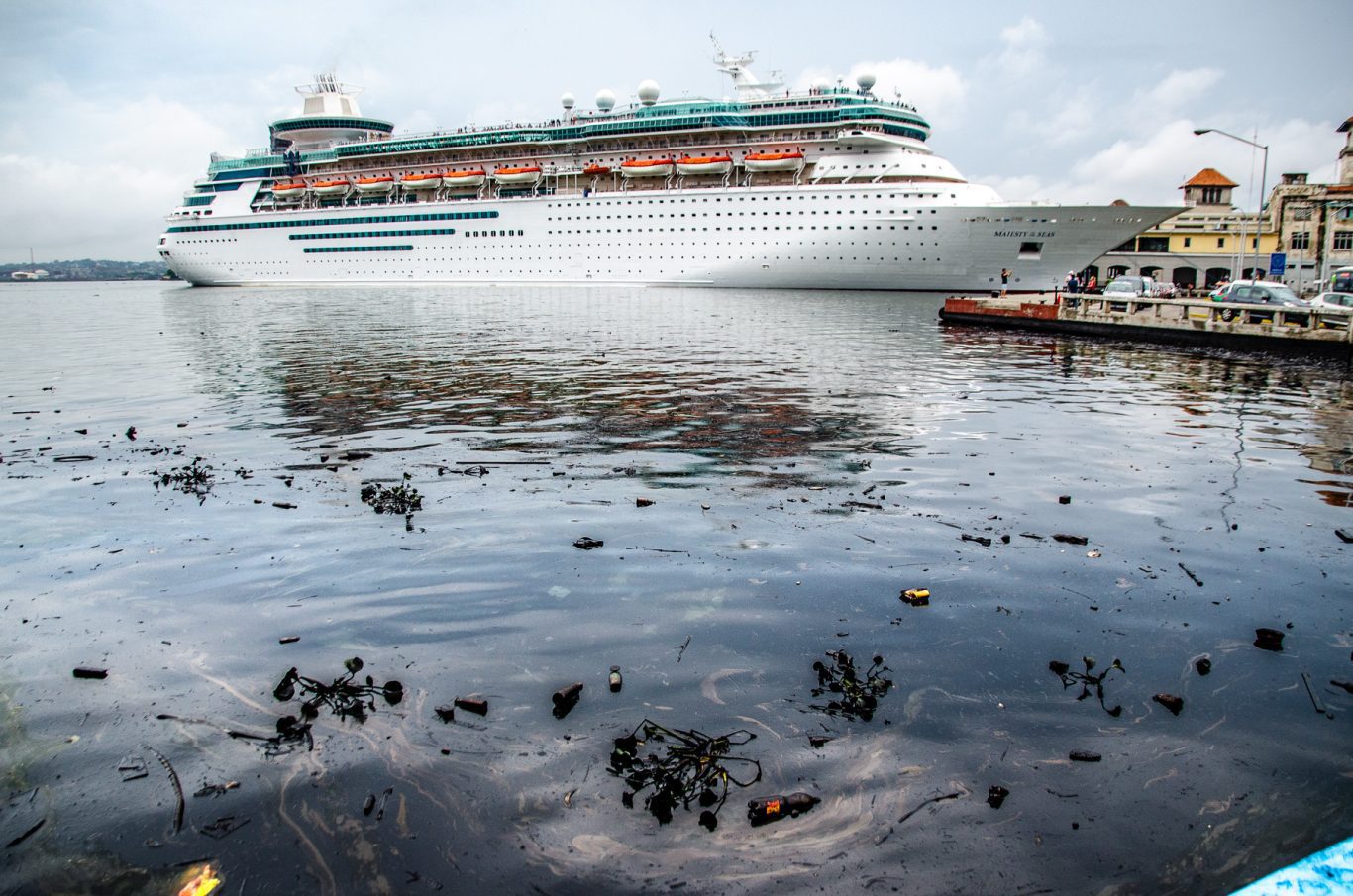
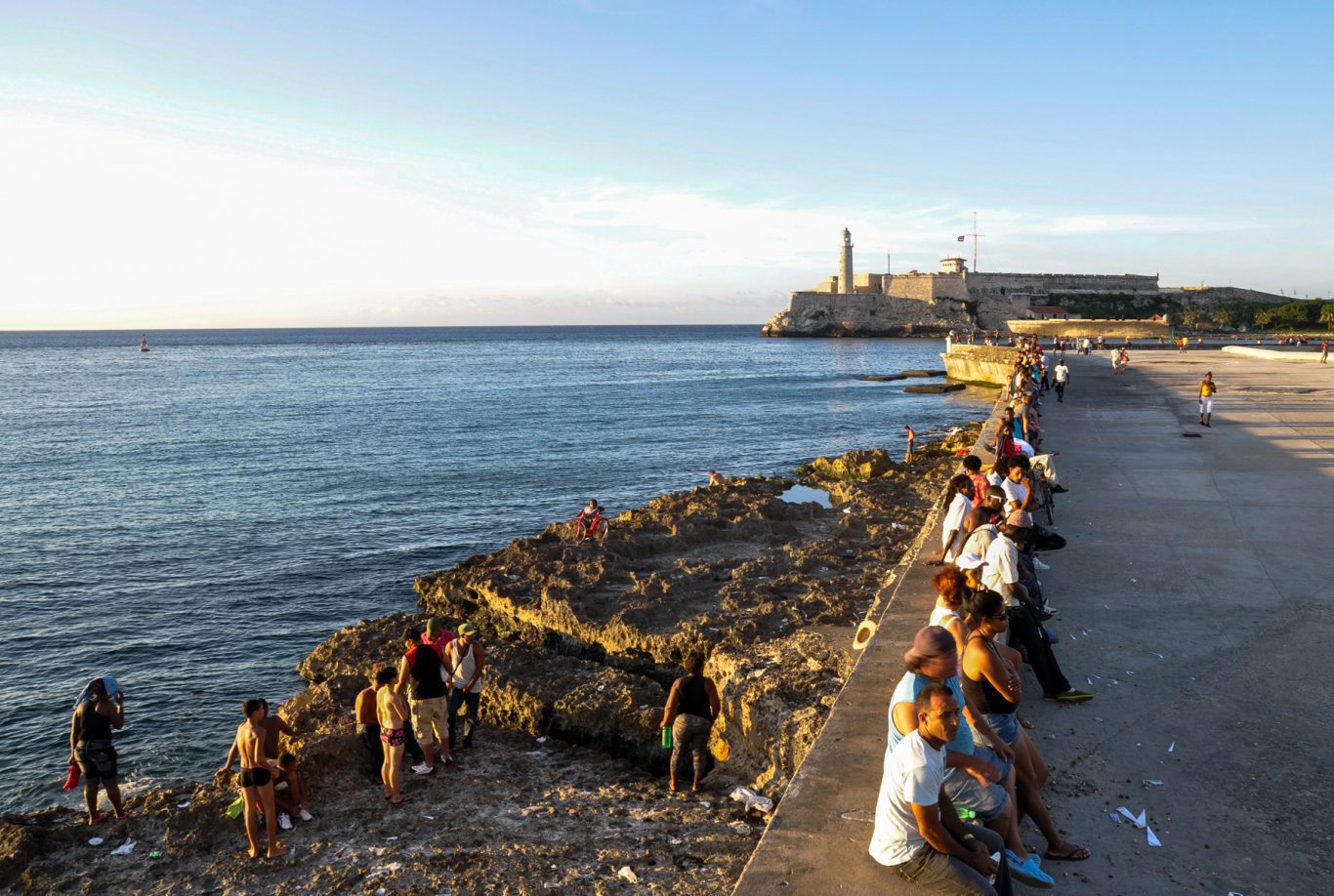
The Bay of Havana, with a hydrographic basin of 68 km², receives residual discharges from rivers such as Luyanó, Martín Pérez, Arroyo Tadeo and urban and industrial areas, connected to sewage and rainwater drainage systems. Organic and inorganic materials, heavy metals, remains of construction materials, fats, oils, among others, end up in the sea.
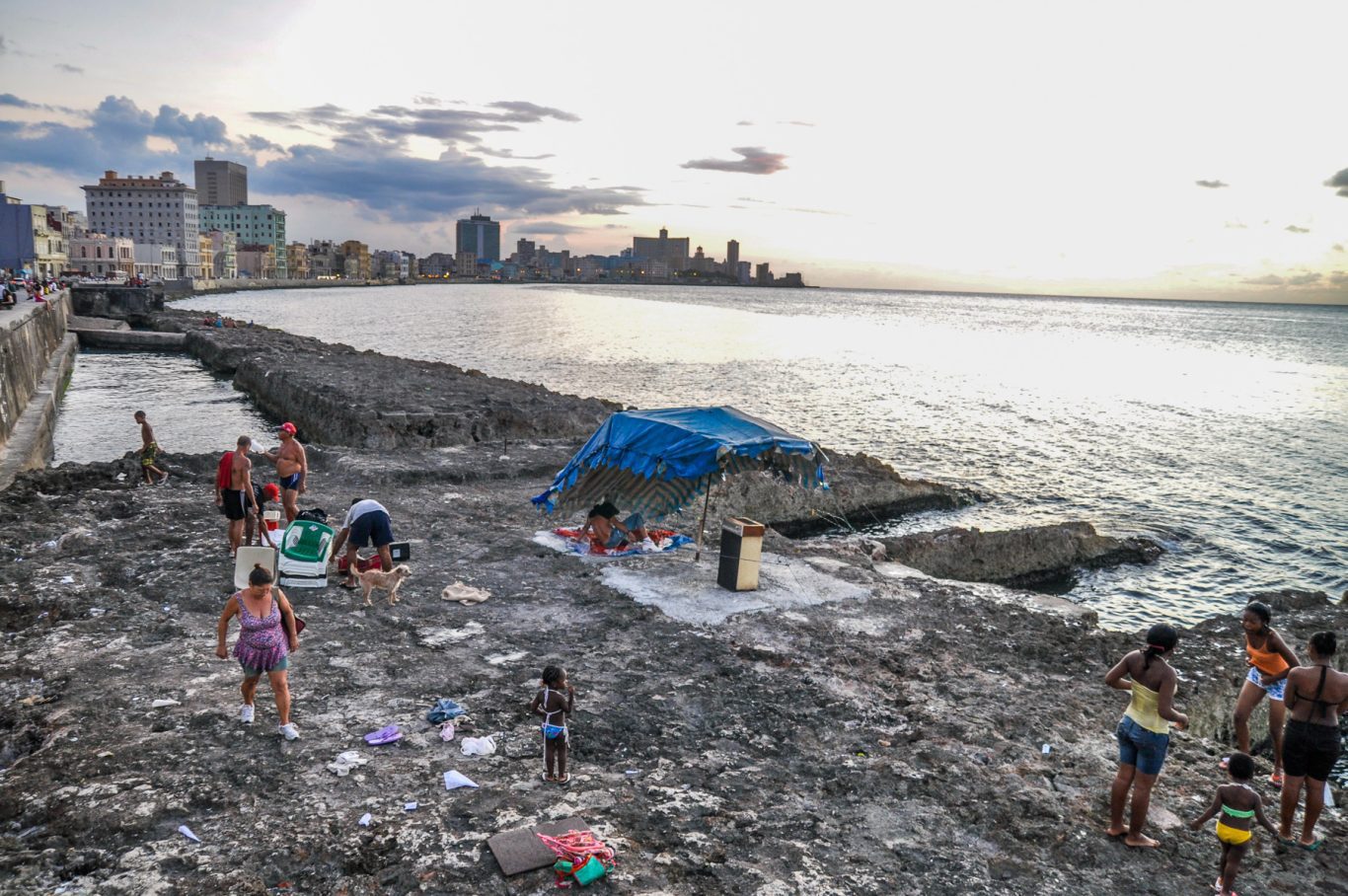
The tradition of mitigating the heat in the waters of Havana’s boardwalk has more than a century of history. Even before the construction of the famous wall, the area near the San Lázaro tower, on San Lázaro Avenue, housed infrastructures known as “sea baths” such as La Punta, Recreo and La Beneficencia. Remains of its foundations can still be seen. Back then, the waters were clear. Although today’s are less so, bathers do not give up the adrenaline of flying from the edge of the city; an immediate landing flight but one that is enough to experience the very brief spectacle of crashing over the water.
